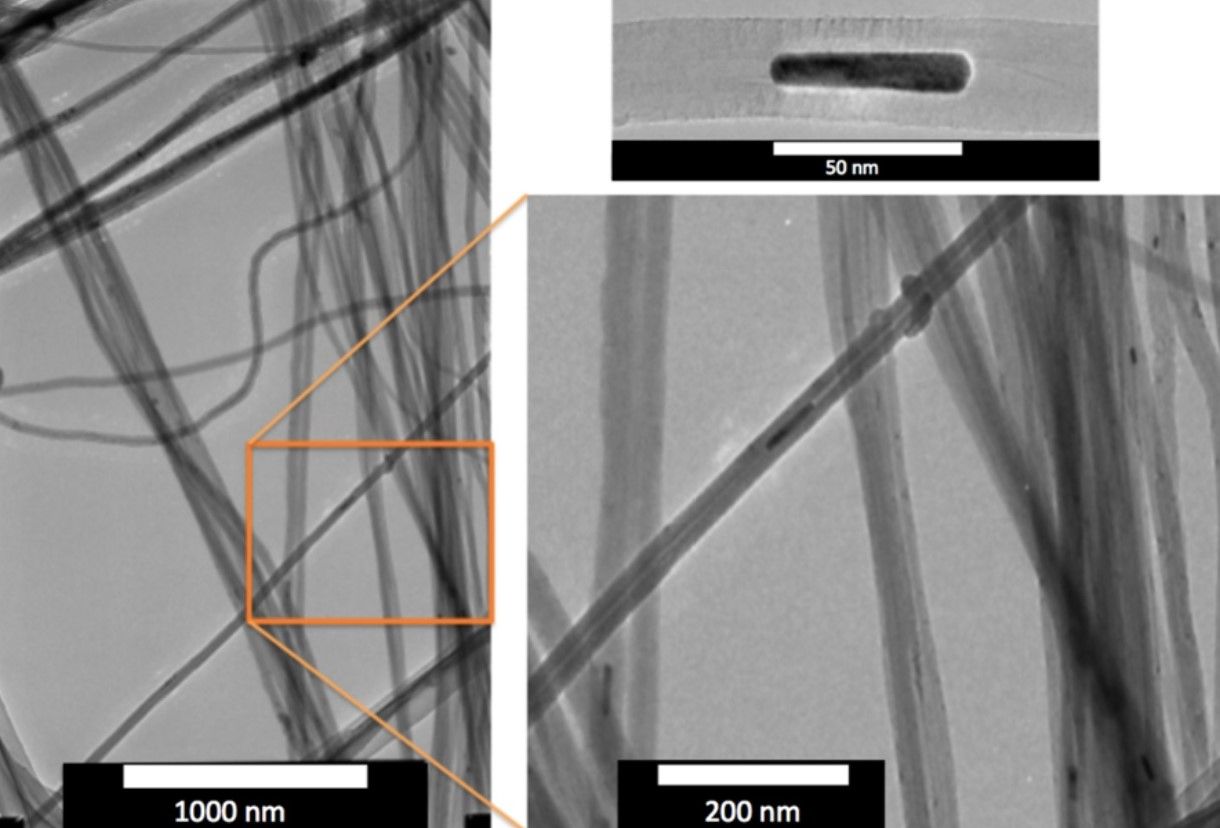A recent discovery made by a team from Prague’s Charles University has found a new route to making cars, ships, and planes invisible to radar.
Like all the greatest discoveries, the breakthrough was actually made by accident, when a team lead by geophysicist Günther Kletetschka was synthesising carbon nanotubes using a technique called ‘chemical evaporation’.
In this process, the carbon nanotubes are formed inside a special furnace, into which iron needs to be added for a successful outcome. Consequentially, sometimes traces of iron, only a few nanometres in size, form inside the nanotubes. While the iron and the nanotube vibrate due to outside influences, such as temperature, the iron is also affected by magnetism and acts as a nanoscale compass.
However, whereas under normal conditions the iron molecule would twist and vibrate towards magnetic north, in this situation the iron is trapped by the electroconductivity of the tube.
As the scientific journal ScienceMag, describes, “It is precisely its conductivity that affects the oscillation of the magnetic particle in the tube so that it completely forbids certain types of movements and leaves it in only one direction.”
The journal goes on to outline how, “By measuring the so-called magnetic susceptibility of the material, the team were able to determine the frequency of the oscillations. An external magnetic field of accurate frequency could then ‘free’ the particle from the tube that keeps it in one position.”

The research team have labelled this phenomenon the ‘tunnel effect’.
While the science is highly technical, the result is a substance that theoretically could be used to make a coating of radar invisibility.
As the Czech newspaper, Hospodarske Noviny, reports, “The discovery has revealed that material and electromagnetic waves interact with each other, which can cause the invisibility of cars and aircraft for radars. Different sized crystals of material enter into interactions with different frequencies of magnetic waves, and therefore, when using a particular particle size for a particular wavelength, objects can be ‘invisible’.”
“The invisibility is being used in the military, but it has never been known that carbon nanotubes have this property,” notes Kletetschka, before adding that, “If we painted the car with the material from these nanotubes, we could ride as fast as we'd like, the radar wouldn't just see us.”
The discovery is typical of the frontier science that is nanotechnology. Where research teams have been exploring the ways that different materials react at a nanoscale, often finding completely unexpected properties. By focusing on the effect of magnetism, the Prague-based team together with researchers from Japan, have made an astounding and unpredicted breakthrough.
As Kletetschka notes, “Carbon nanotube material has been manufactured by Japanese scientist Yoko Inoue for several years, but my and I team have looked at them in terms of electromagnetism.”
Where subsequent research or the military will take this discovery remains to be seen.
Photo credit: Gadgetreview, ResearchGate, & ScienceMag
